We explain what mountains are, how they are formed and the flora and fauna they present. Also, what are its characteristics and importance.
What are mountains?
Mountain is called a natural elevation of the territory product of forces of tectonic origin , in a process called orogenesis. They generally assume an elevation of 700 meters or more in height from its base. It is an accident of the relief , grouped in mountain ranges or mountain ranges (mountains), which can extend over kilometers.
Since ancient times, the mountains fascinated the human being , who imaginatively associated his closeness with the sky to a closer contact with God . In other cases, he saw them as a metaphor for the efforts that must be sustained over a long period of time to achieve a final improvement or a valuable perspective.
Those who are dedicated to exploring the mountains and conquering their peaks are known as mountaineers. Professions associated with mountains are considered risky .
A significant portion of the planet Earth's surface is covered by mountains: 53% Asia , 25% Europe , 17% Oceania and 3% Africa , for a total of 24%. In addition, at the top of the mountains rivers originate and there are processes of the water cycle that could only take place at such heights.
How are mountains formed?
The process of mountain formation is called orogenesis .
It occurs when there are deformations in the earth's crust , usually the product of the meeting of two opposing tectonic plates .
When the plates exert reciprocal force against each other, they produce a folding of the Earth's surface layer (lithosphere) , sending one streak up and another down.
In this way, elevations of different heights are formed that are later transformed by external factors such as erosion or subsequent tectonic movements.
This collision process sometimes causes a layer to sink underground , to the point of undergoing melting due to the high temperatures it reaches. In this way, liquid magma is formed that, later, can rise towards the surface forming a volcano .
Types of mountains
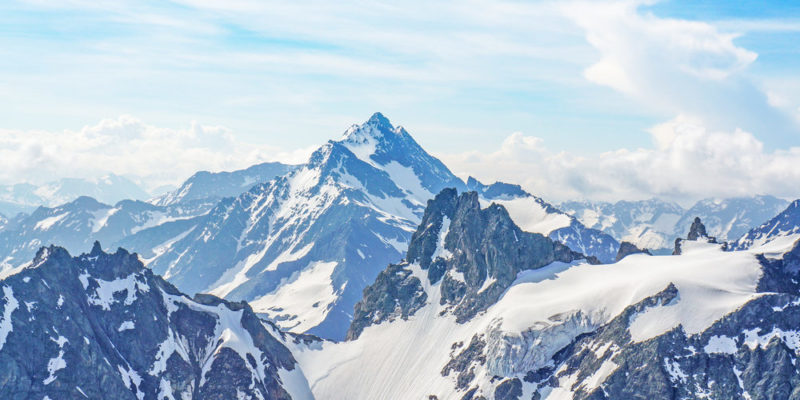
There are many ways to classify mountains. For example, according to their height they can be classified into (from lowest to highest):
- Hills.
- Medium mountains.
- High mountains.
- Volcanic, the product of fiery lava shoots that cools down.
- Folded, the result of a tectonic fault.
- Fold-fractured, of folds mixed with faults.
Finally, they can be classified according to their way of grouping:
- Mountain ranges, if they meet longitudinally.
- Solid, if they make it more compact or circular.
Parts of a mountain
Mountains are made up of the following parts:
- Foot or base. The lowest portion of the entire mountain formation, starting at ground level .
- Summit, peak or cusp. The top and last part of the mountain, reaching its highest possible height.
- Hillside or skirt. The lateral and sloping portions of the mountain, which connect the foot to the top.
- Valley. Parts of the slope that are between two peaks or cusps, generating a small depression or subsidence.
Mountain climate
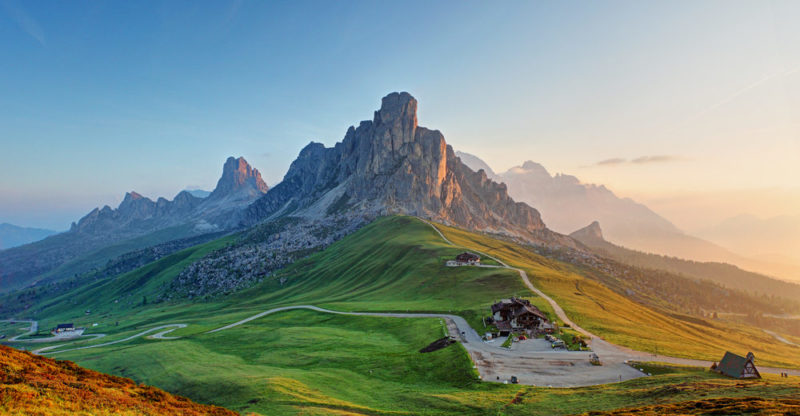
The climates mountain usually depend on two factors: the latitude at which it and lift it reaches at a certain time are. Thus, when there is higher altitude, there is also lower temperature and lower atmospheric pressure, varying at a rate of 5 ° C for each kilometer of altitude gained.
Something similar happens with the rains : they are more frequent at higher altitudes , so that it is possible to find more humid areas at the top than at the foot, especially where the great rivers have their source. Higher up, water and moisture freeze. There the air becomes much drier, with little rainfall.
Mountain vegetation
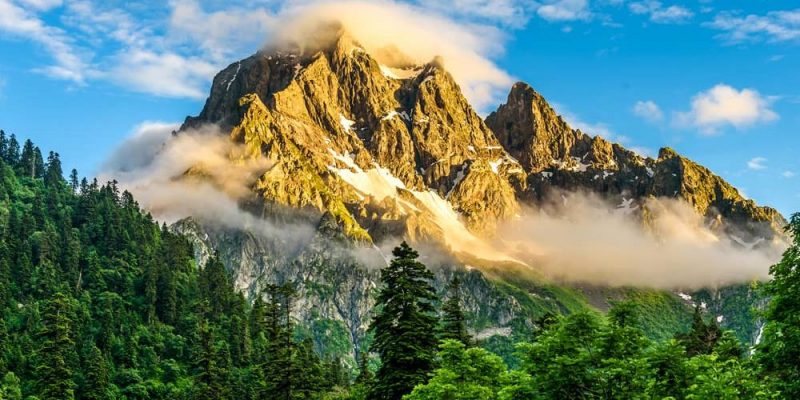
The vegetation of the mountains varies according to the climate and the geographical location of the mountain , but it is usually presented in a staggered manner, that is, by steps of vegetation as you ascend.
In the floors near the foot, the vegetation of the surrounding plains abounds, or mountain forests with lush and tall trees . However, erosion and other climatic factors play against them.
As height is gained, the more cold-resistant plant species predominate . Above the area of trees, the height causes a decrease in humidity, therefore the vegetation loses size, turning into a pasture: shrubs and small grasses.
The tops of the mountains are usually more arid than the rest, especially those covered with ice and snow.
Mountain fauna

The mountain fauna is also due to altitude, concentrating mostly on the low and medium elevation portions , in which vegetation (to provide shelter and sustenance) and oxygen predominate .
In the lush regions it is possible to find large predators such as cougars, bears or wolves . In the mountains of the warmest areas of the planet, large primates and jungle cats can be found , depending on the region.
In all cases, as you get higher there is a more modest wildlife, composed of insects , birds and reptiles of small size .
Population
About 10% of the entire world population lives in mountainous areas . Due to their difficult access, many of them are poorer than the rest of the region.
The inhabitants of these areas often have physiological adaptations to altitude , such as more oxygenated blood (which compensates for the decrease in oxygen in altitude) and more caloric diets to combat the colder climate.
However, the ideal regions to inhabit the mountains are the valleys , since they are not so high, they are protected by the slopes and they usually have rivers and other waterfalls that make the land fertile.
Why are mountains important?
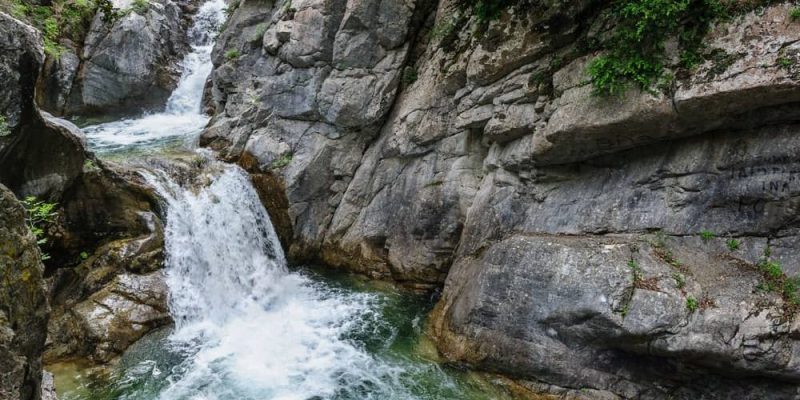
Mountains are essential for the planet's biodiversity and for the variation of its climates. In the first place, they are natural barriers against wind and floods , and therefore prevent the advance of storms and hurricanes .
They also constitute a source of water resources for various regions , since the rivers originate on their slopes. There are, of course, also arid mountains in which there are no rivers or great vegetation, and it is possible that a mountain is the source of natural disasters such as landslides or landslides.
Mountains of different ages
An easy way to know if a mountain is young or old (in geological time, of course) is to look at its top. If it is a steep or pointed peak, then it is a young mountain . On the contrary, if it has a rounded top, it is an old mountain that has been subjected to erosion for a long time.
The five tallest mountains in the world
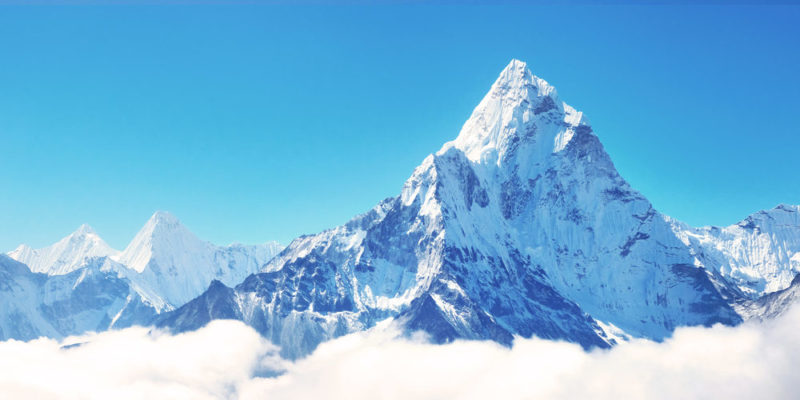
The tallest mountains in the world are:
- Mount Everest. It measures 8,846 meters high: the highest mountain on the planet. It is located on the crest of the Himalayas mountain range.
- Mountains K2. This is one of the hardest mountains to climb in the world, rising 8,611 meters above sea level , between China and Pakistan.
- Kachenjunga. Between India and Nepal stands this 8,598-meter-high colossus, whose name translates “The five treasures among the snows”.
- Aconcagua. The highest mountain in America is 6,962 meters high and is located in the Argentine Andes , in the province of Mendoza.
- Nevado Ojos del Salado. This is a stratovolcano in the Andean Cordillera, on the border between Chile and Argentina . It is the highest volcano in the world, reaching 6891.3 meters high.
Abubakr Conner brings a diverse skill set to our team, and covers everything from analysis to the culture of food and drink. He Believes: "Education is the most powerful weapon that exists to change the world." .
Leave a reply
Your email address will not be published. Required fields are marked *Recent post

Sport: What Is It, Types, Risks, Features, Characteristics and Examples

Dogs: Emergence, Features, Characteristics, Feeding and Breeds

Story: Definition, Elements, Structure, Features and Characteristics

